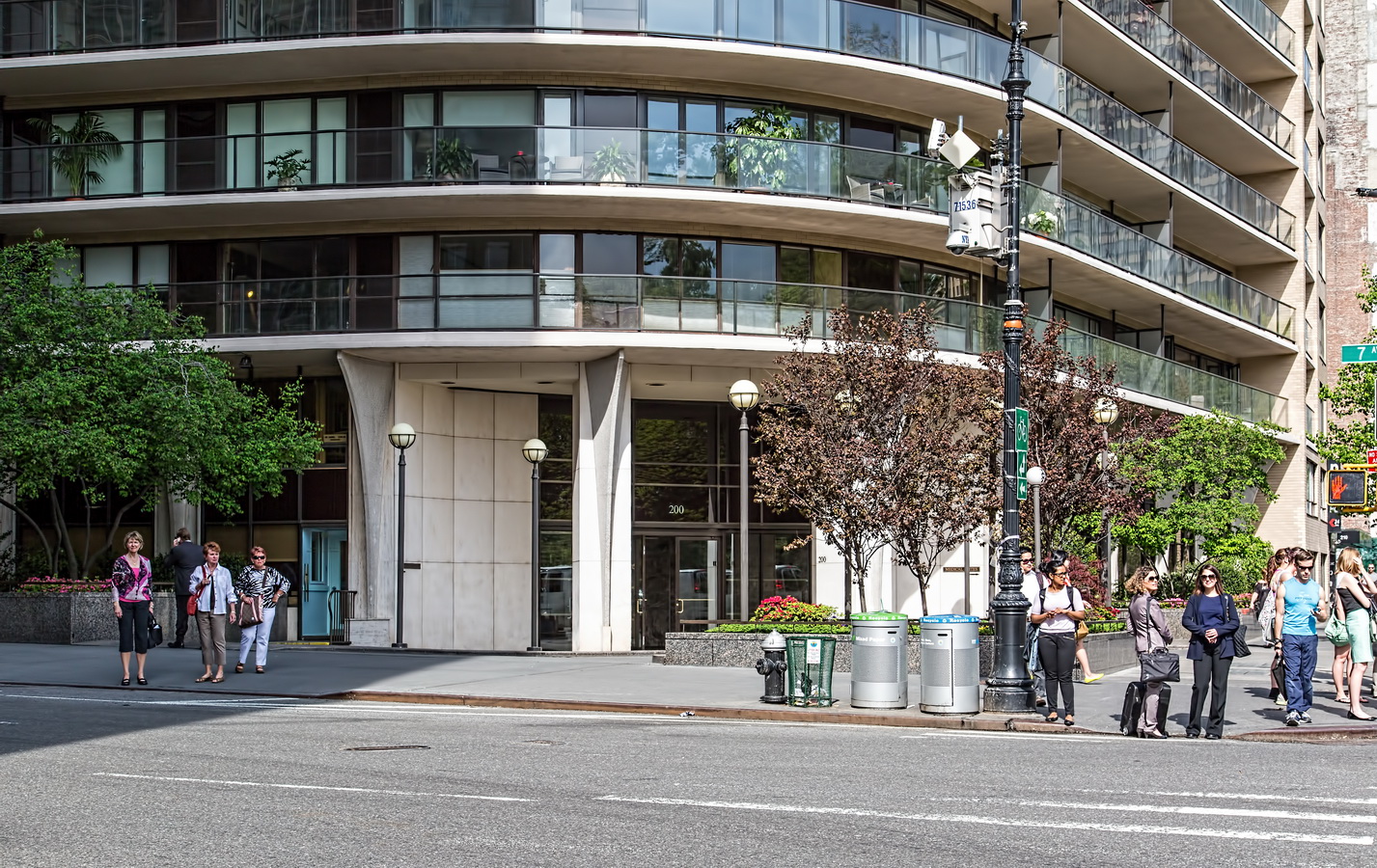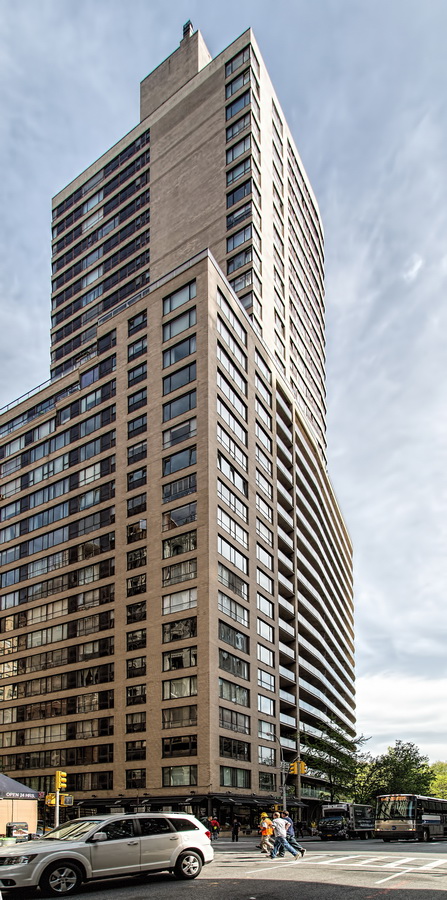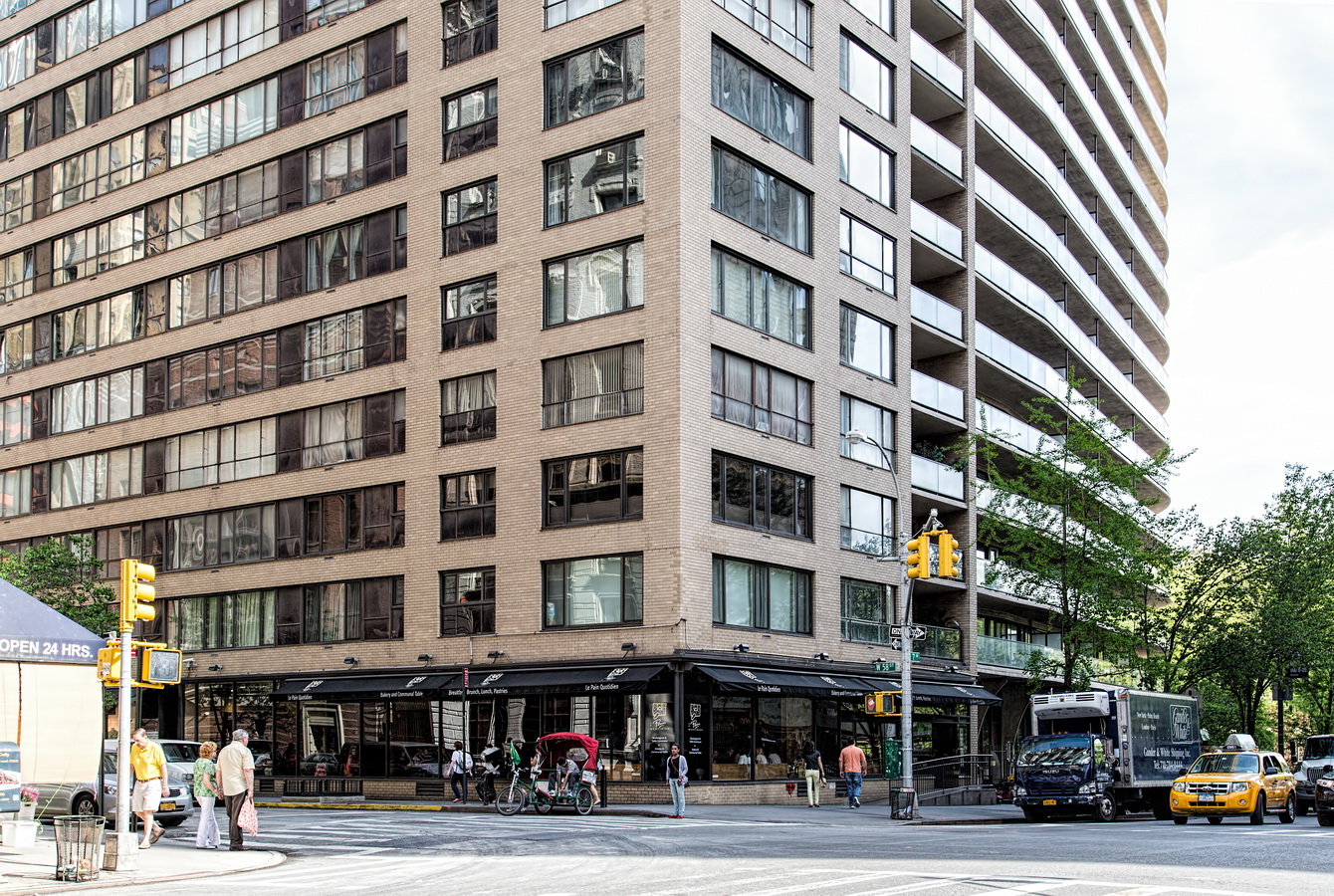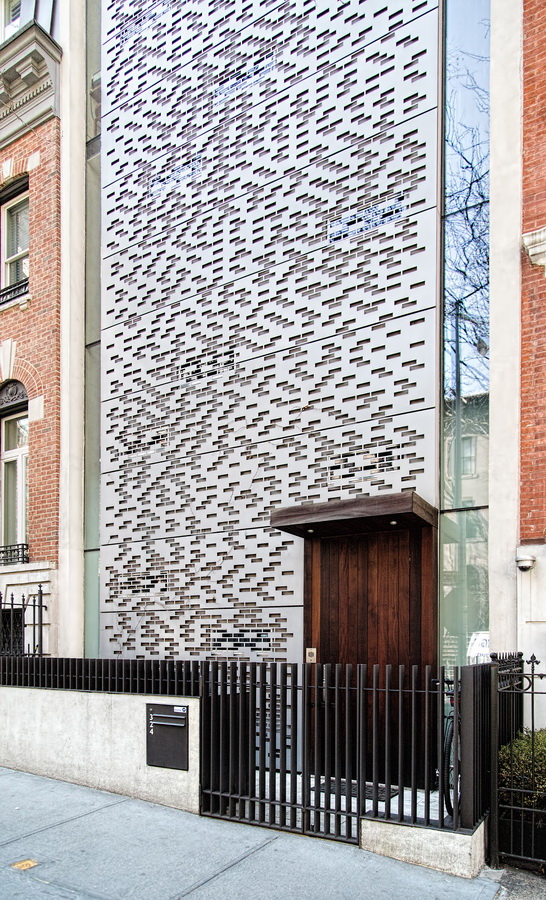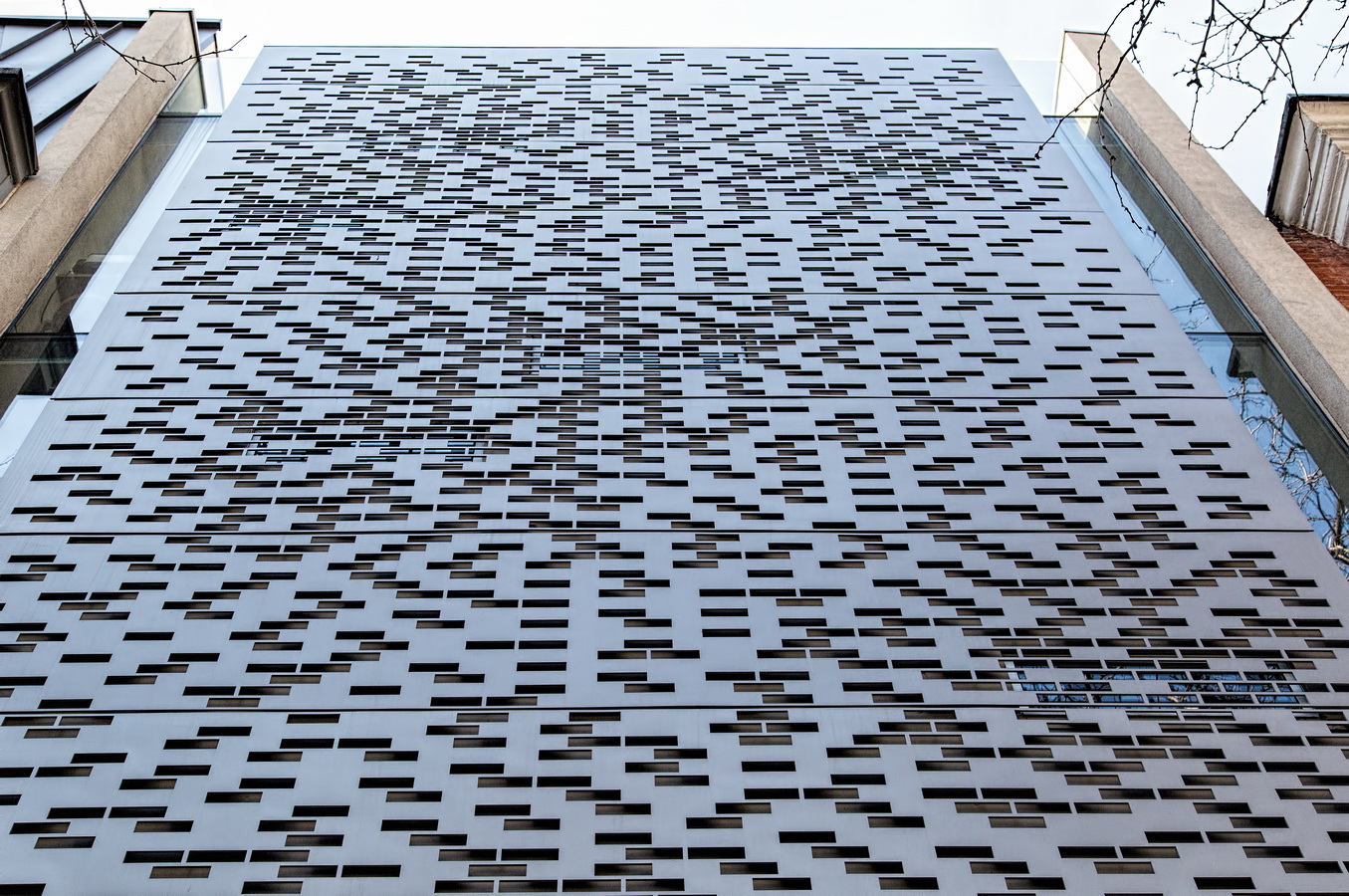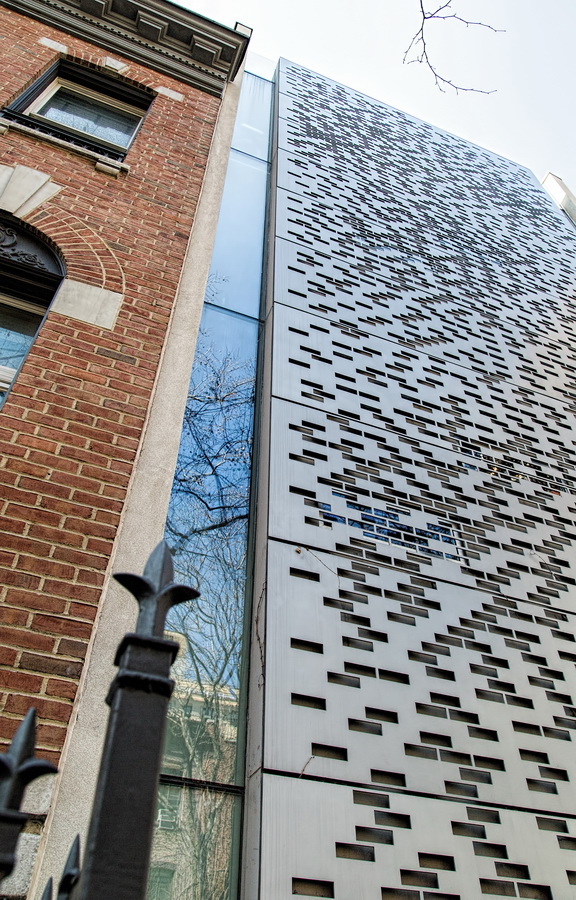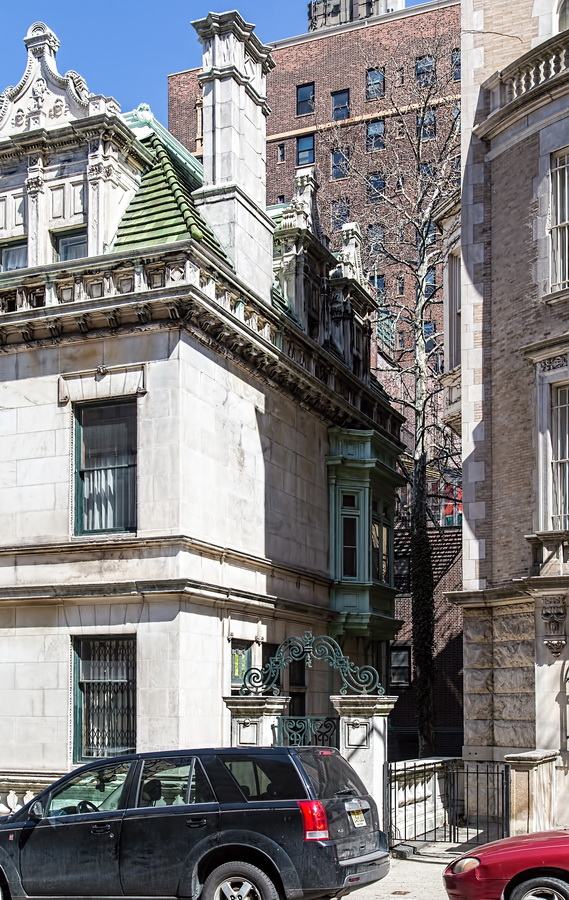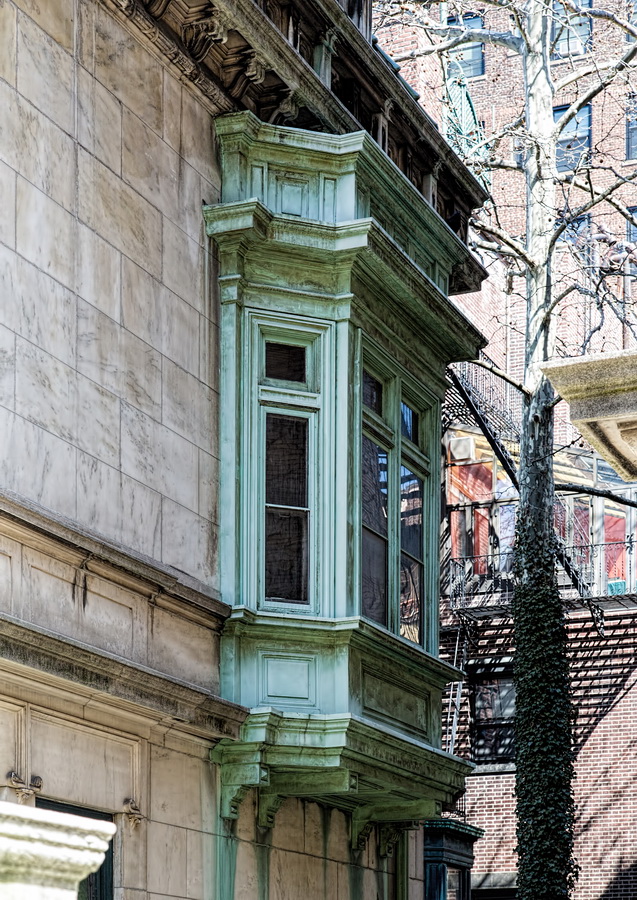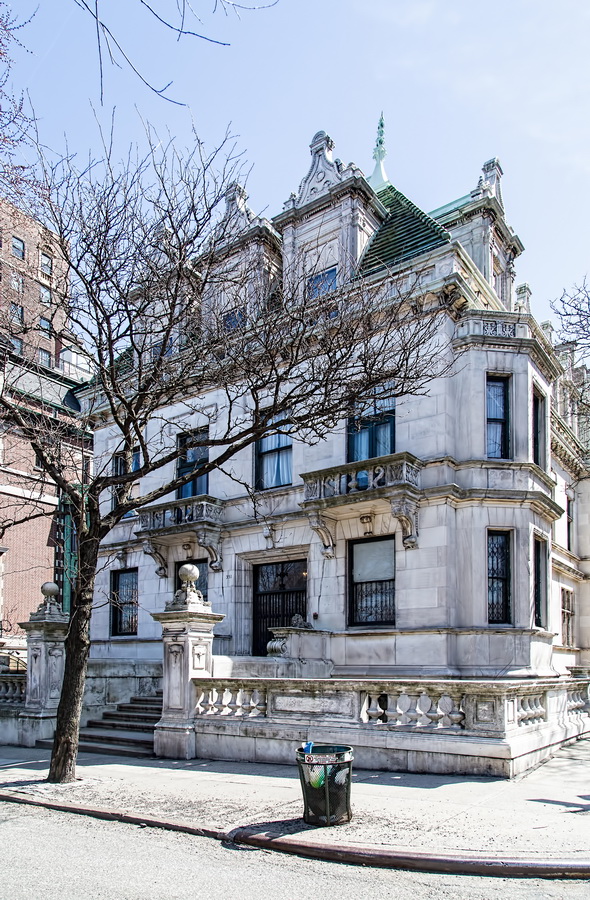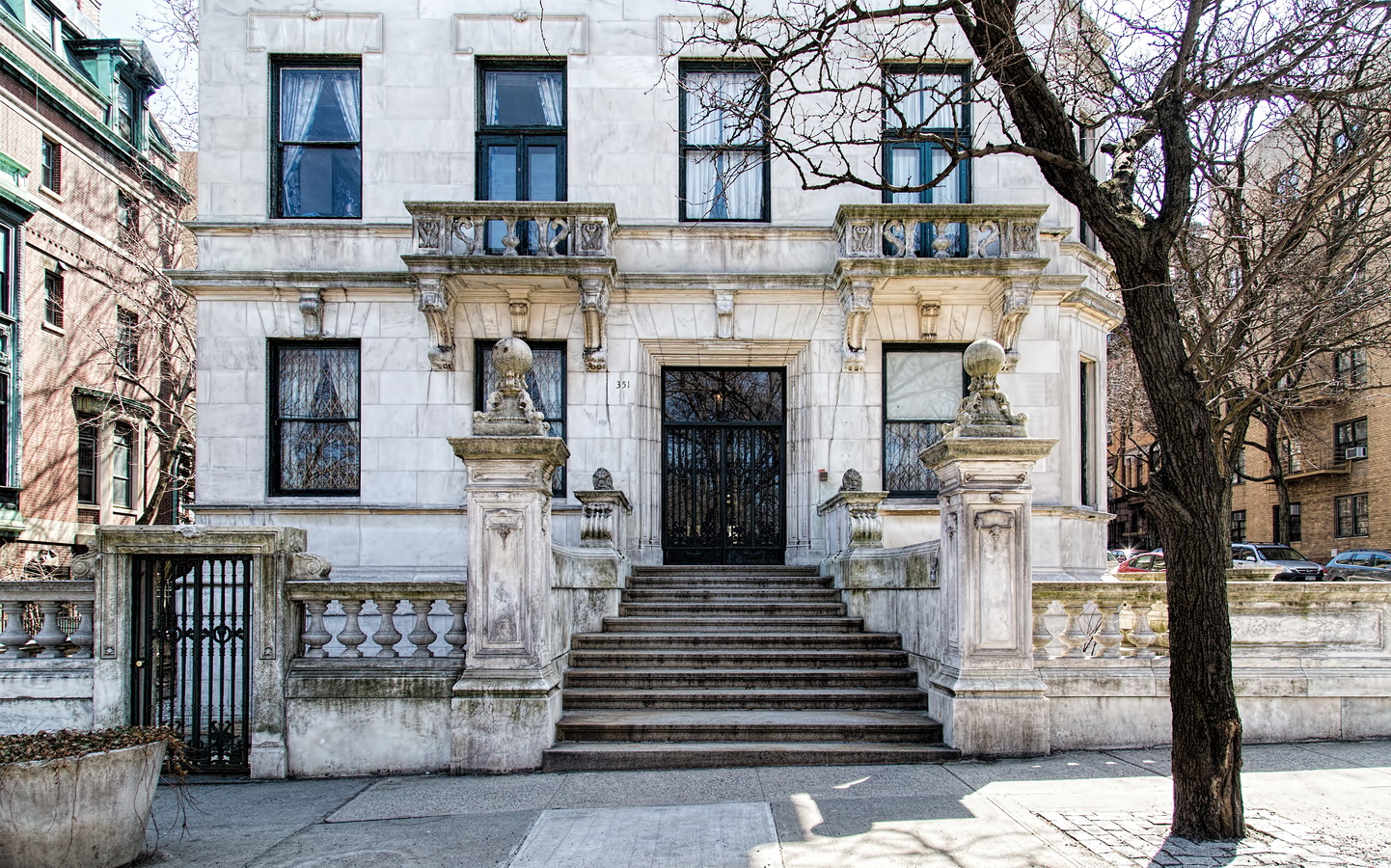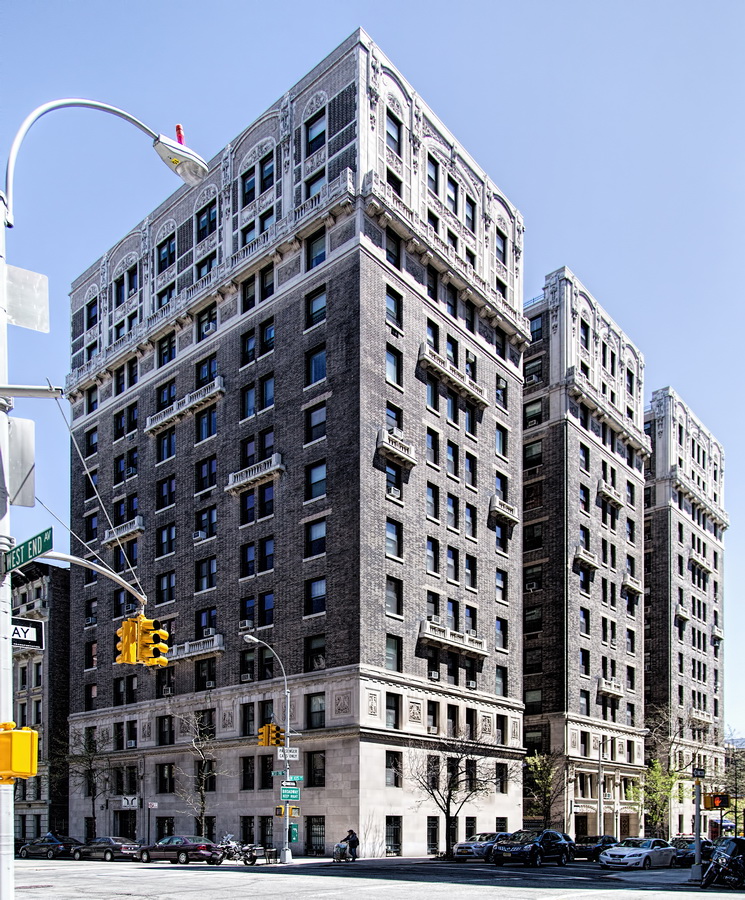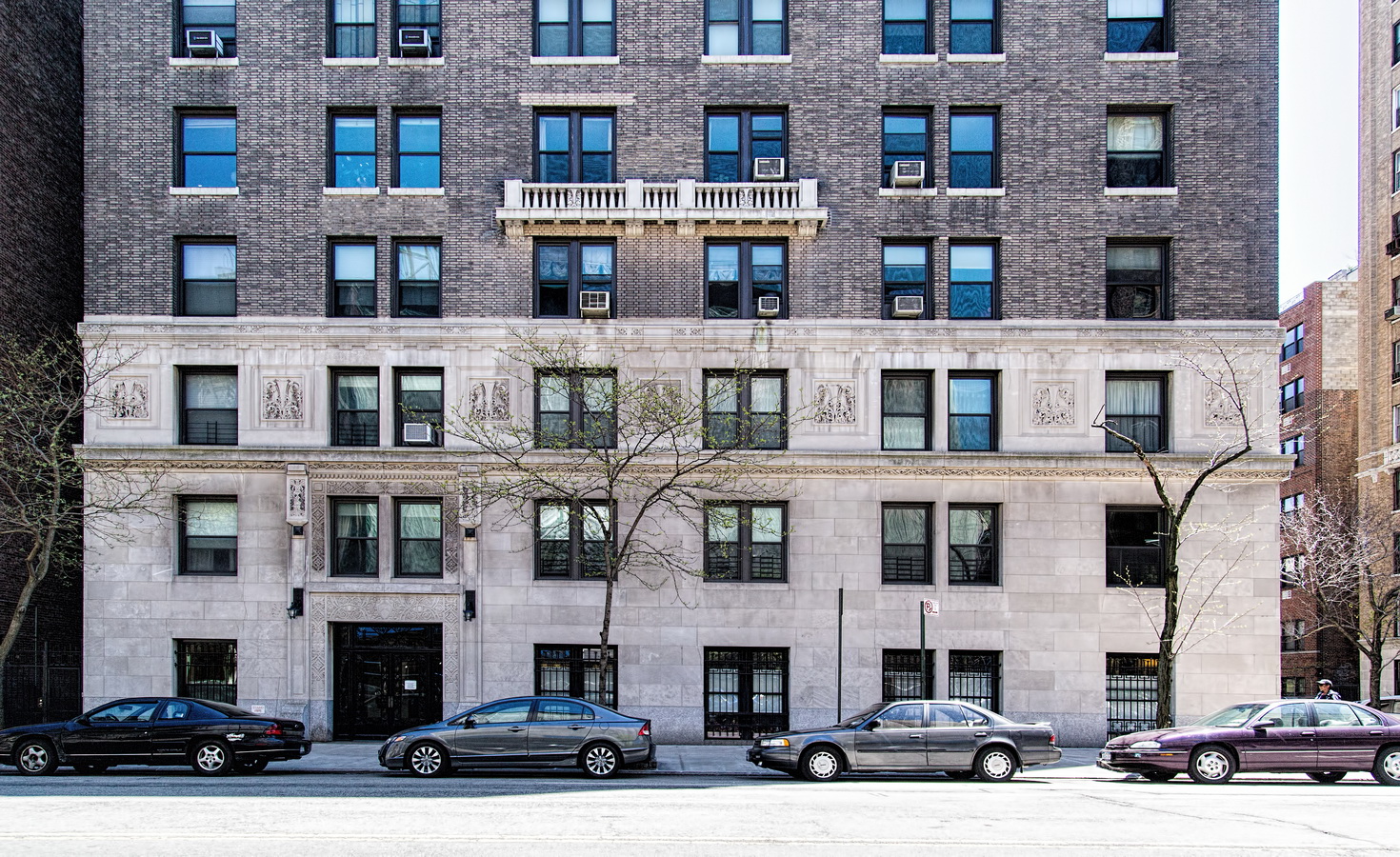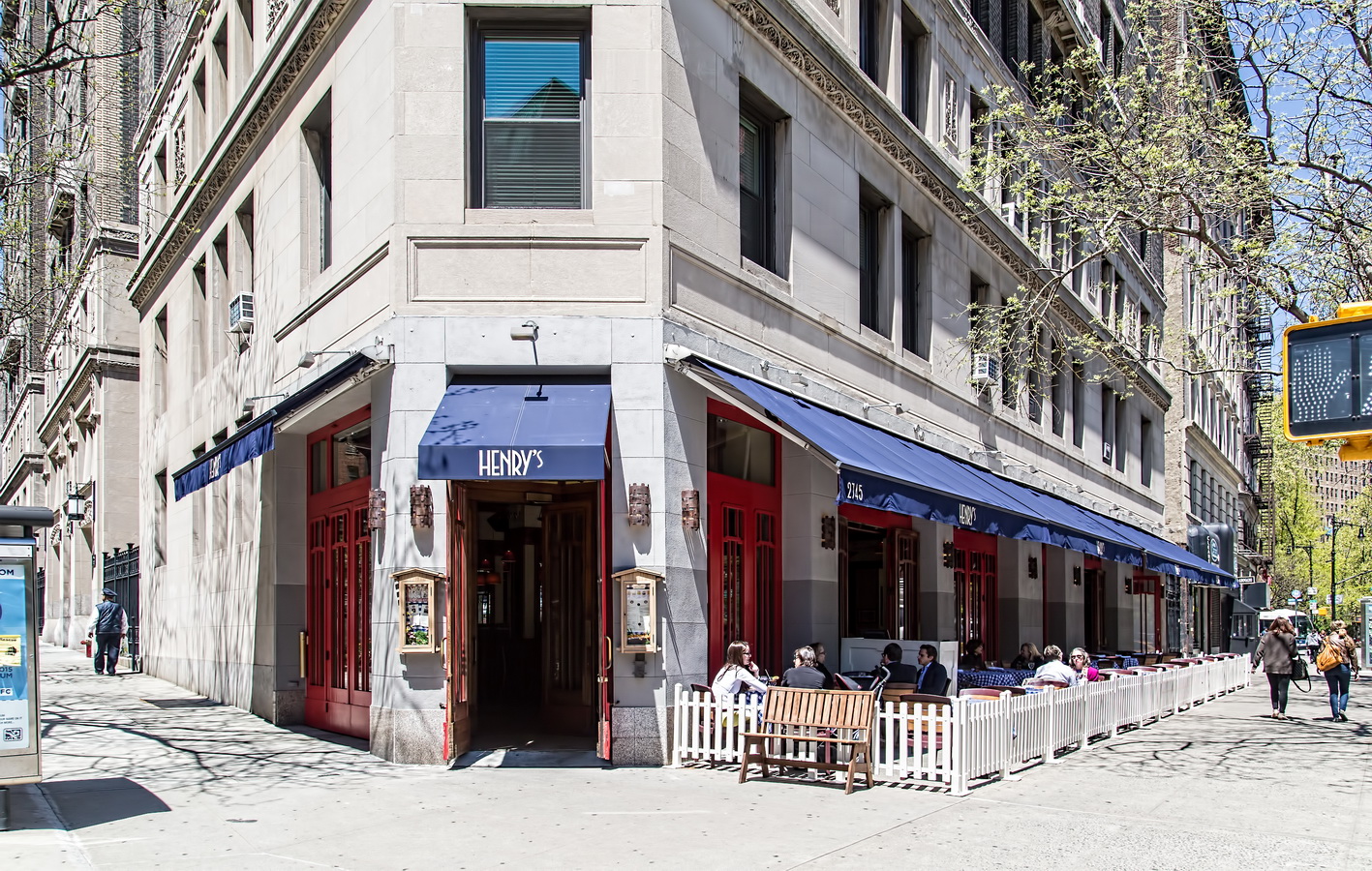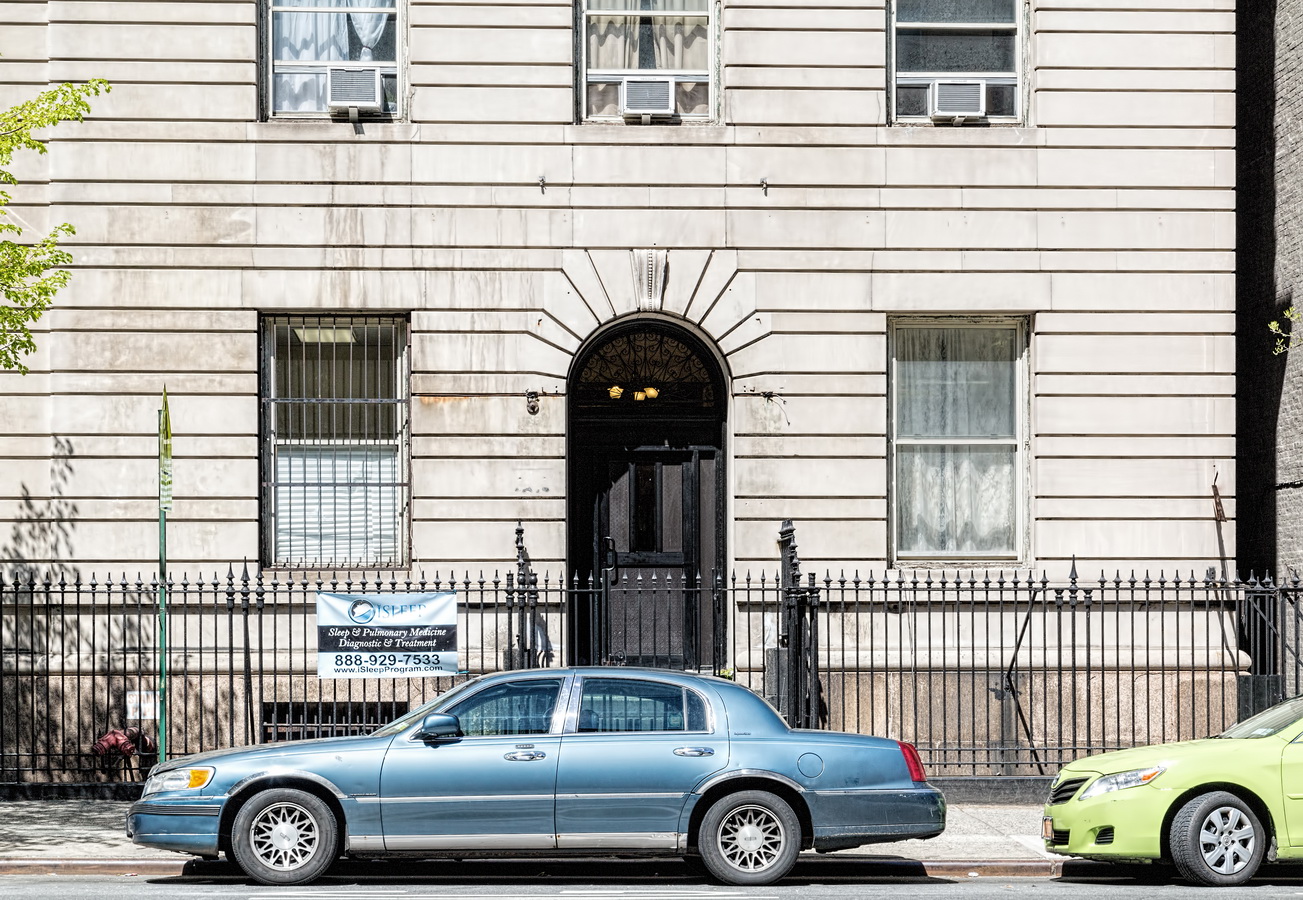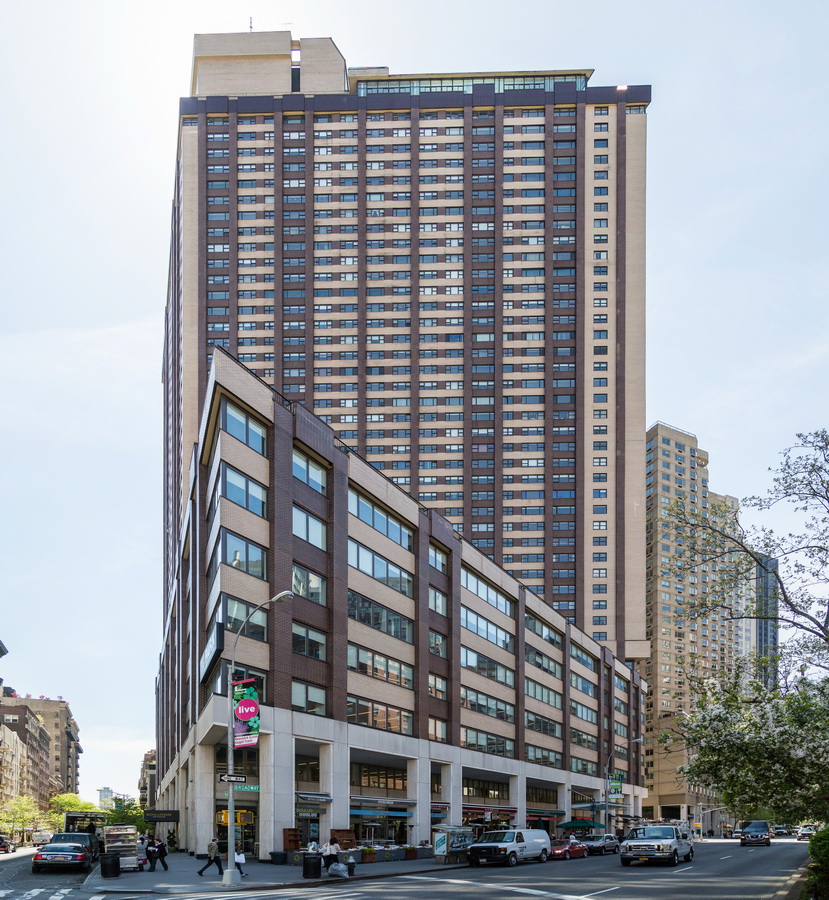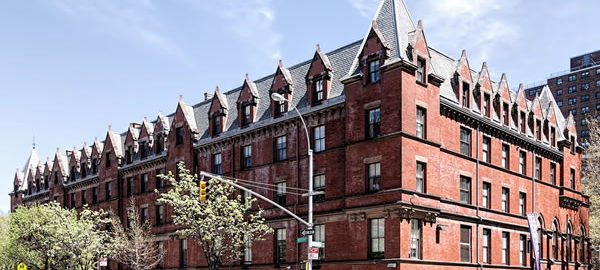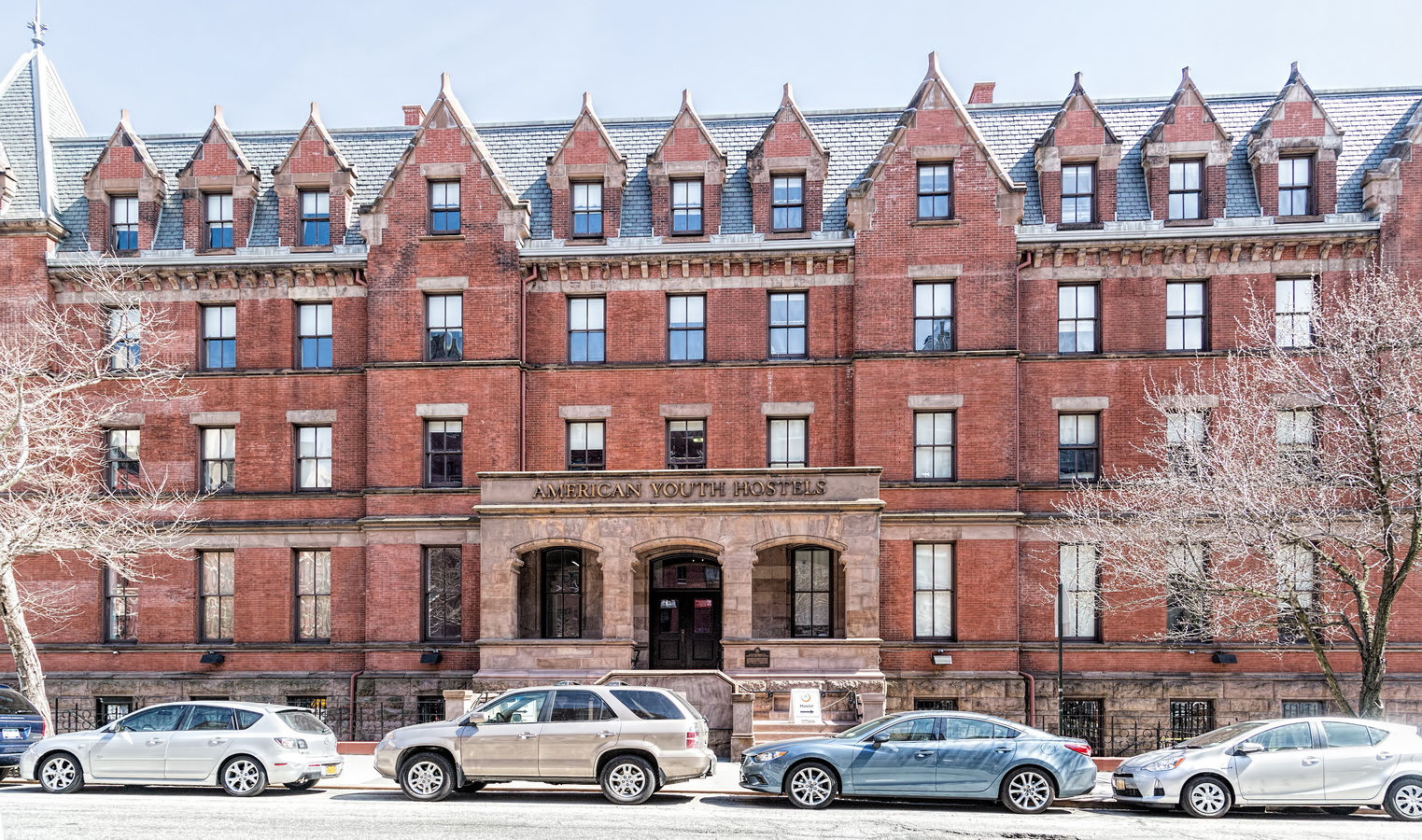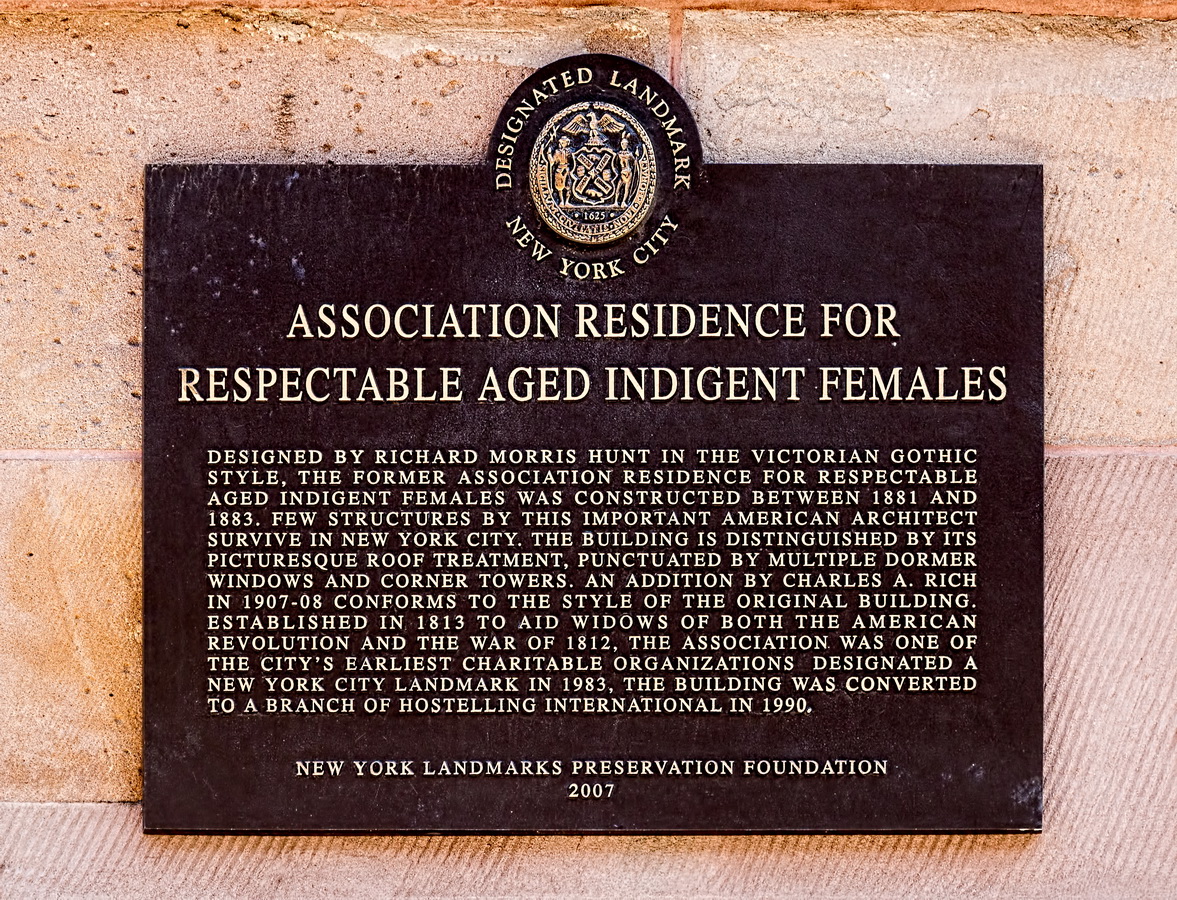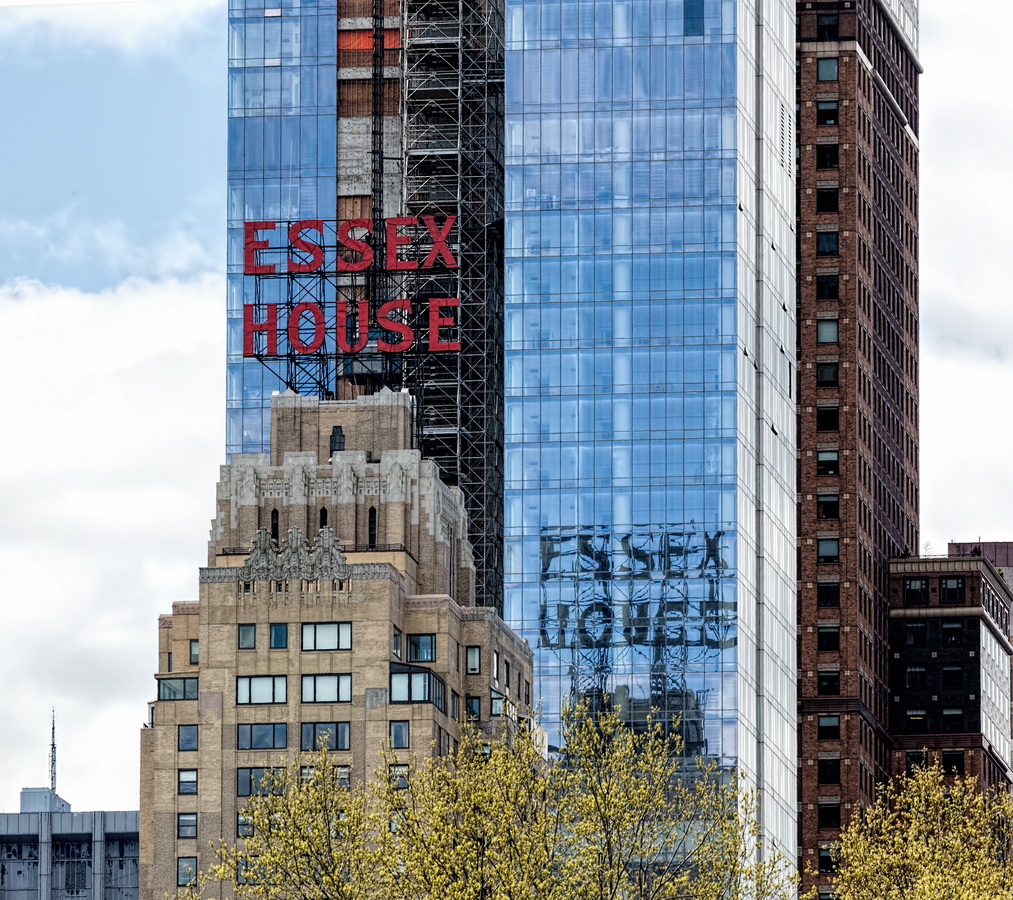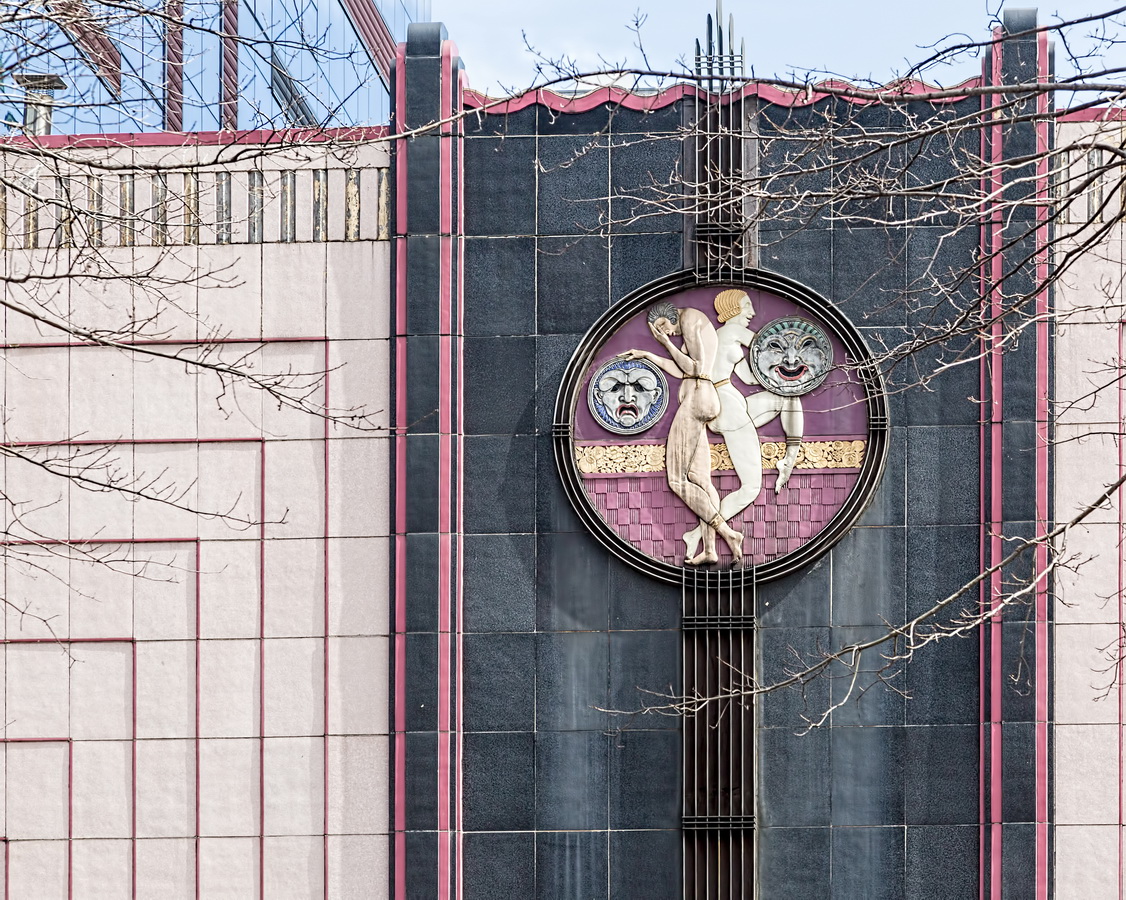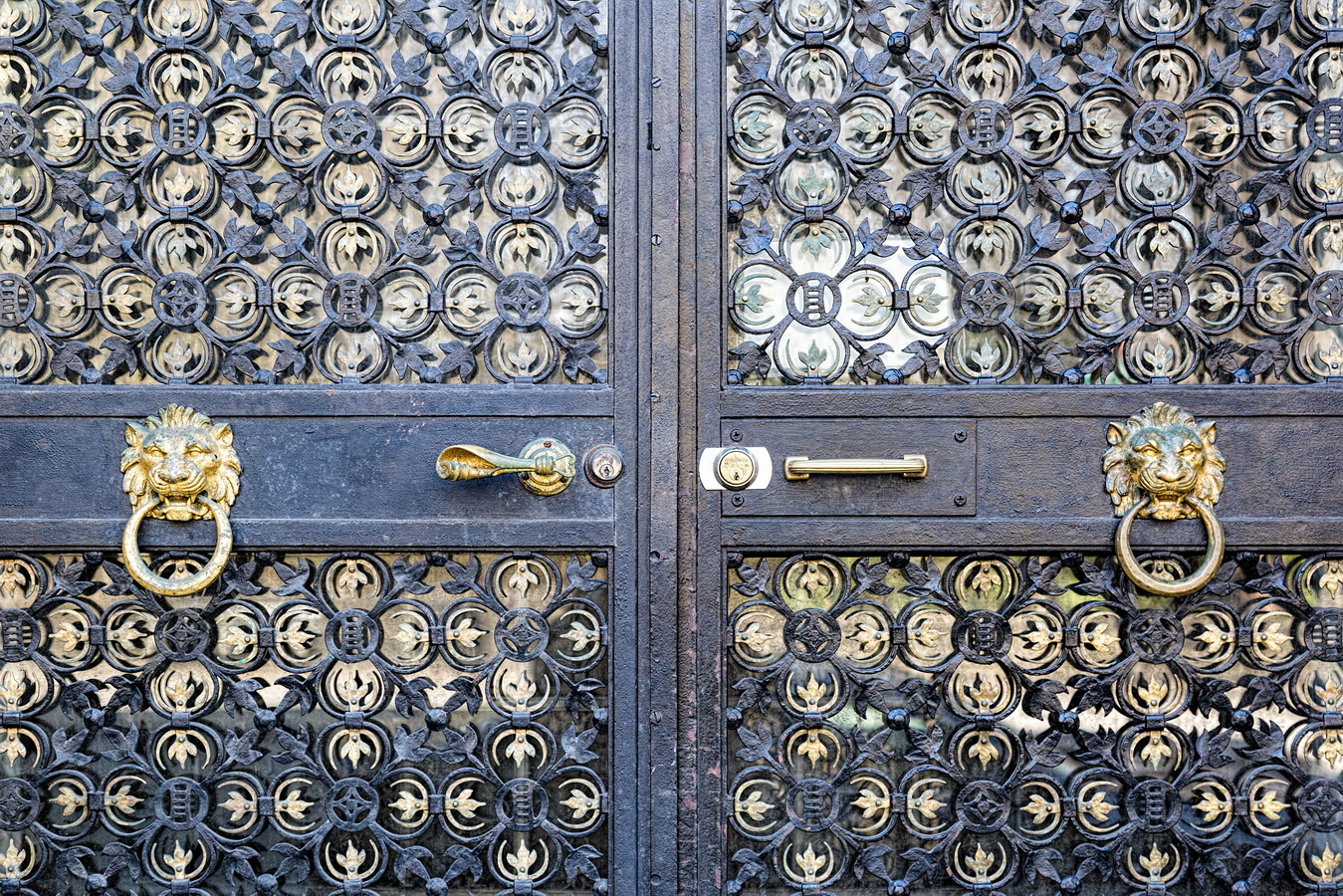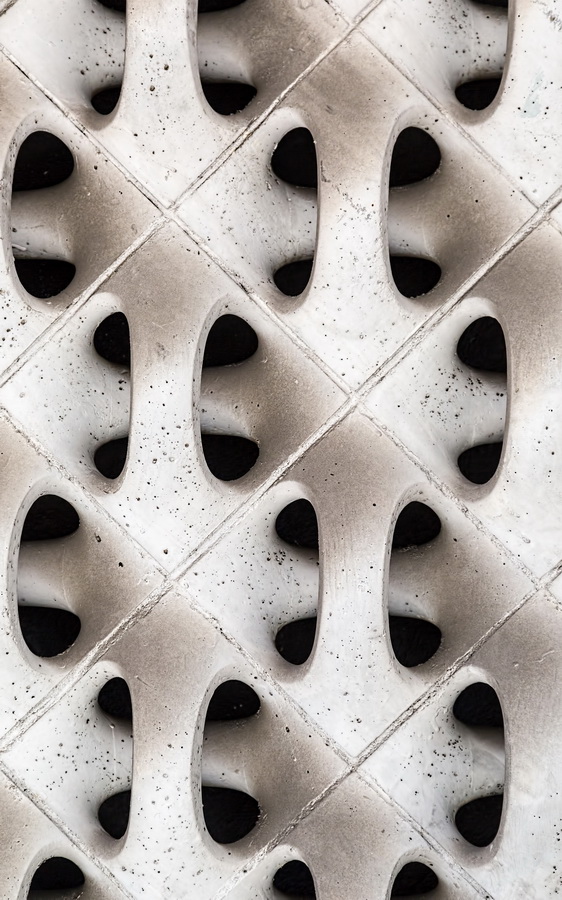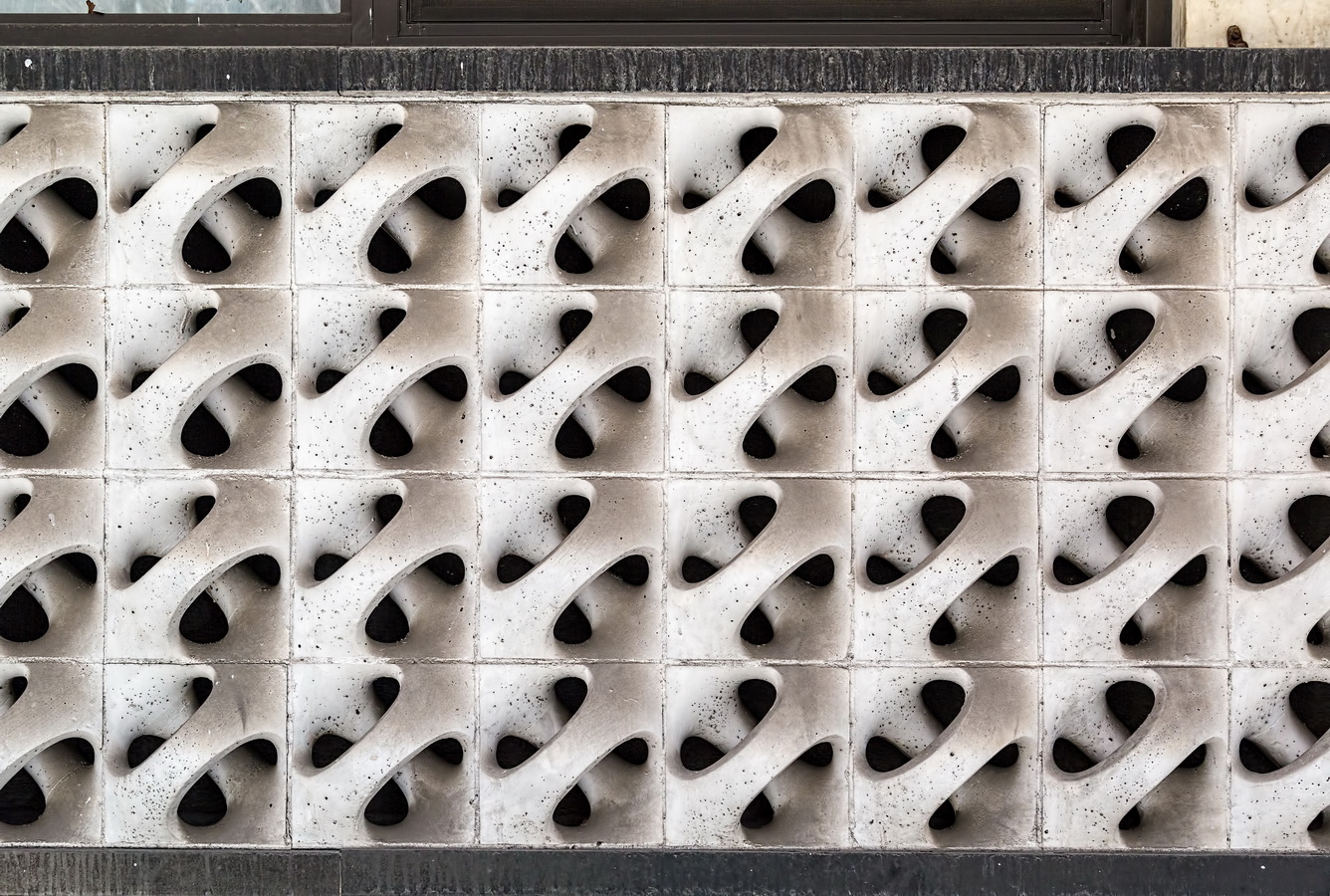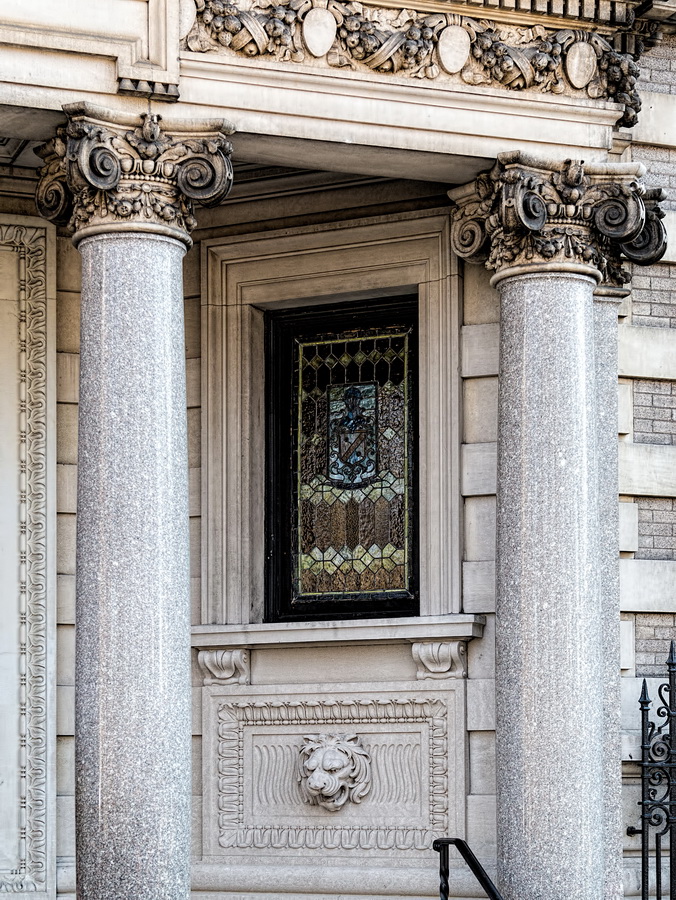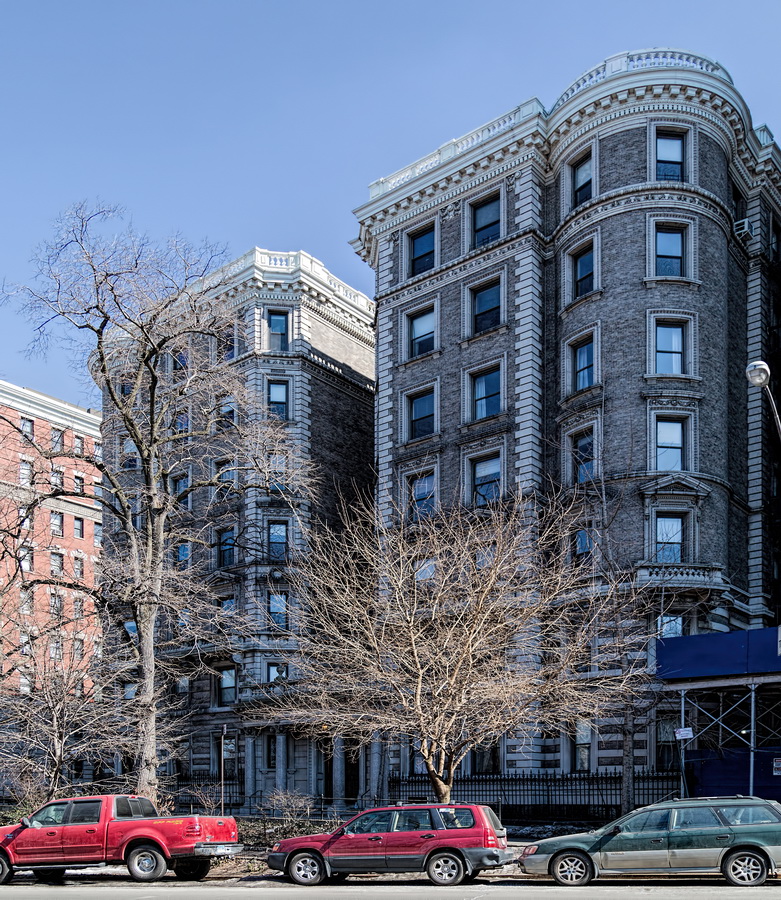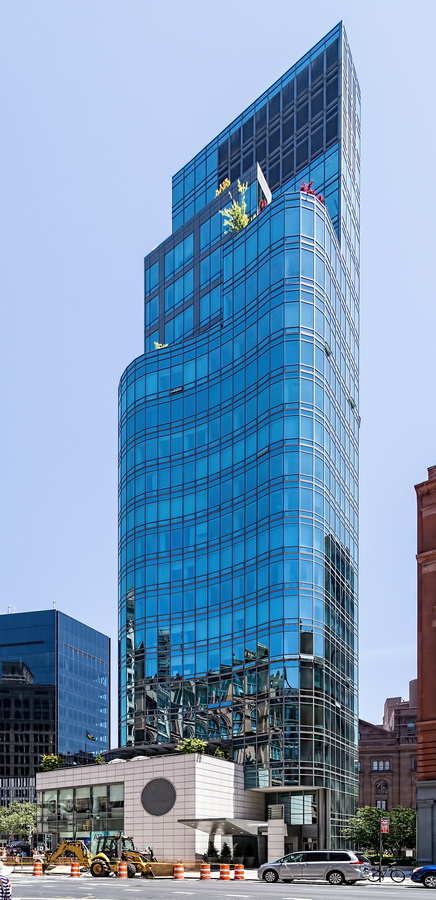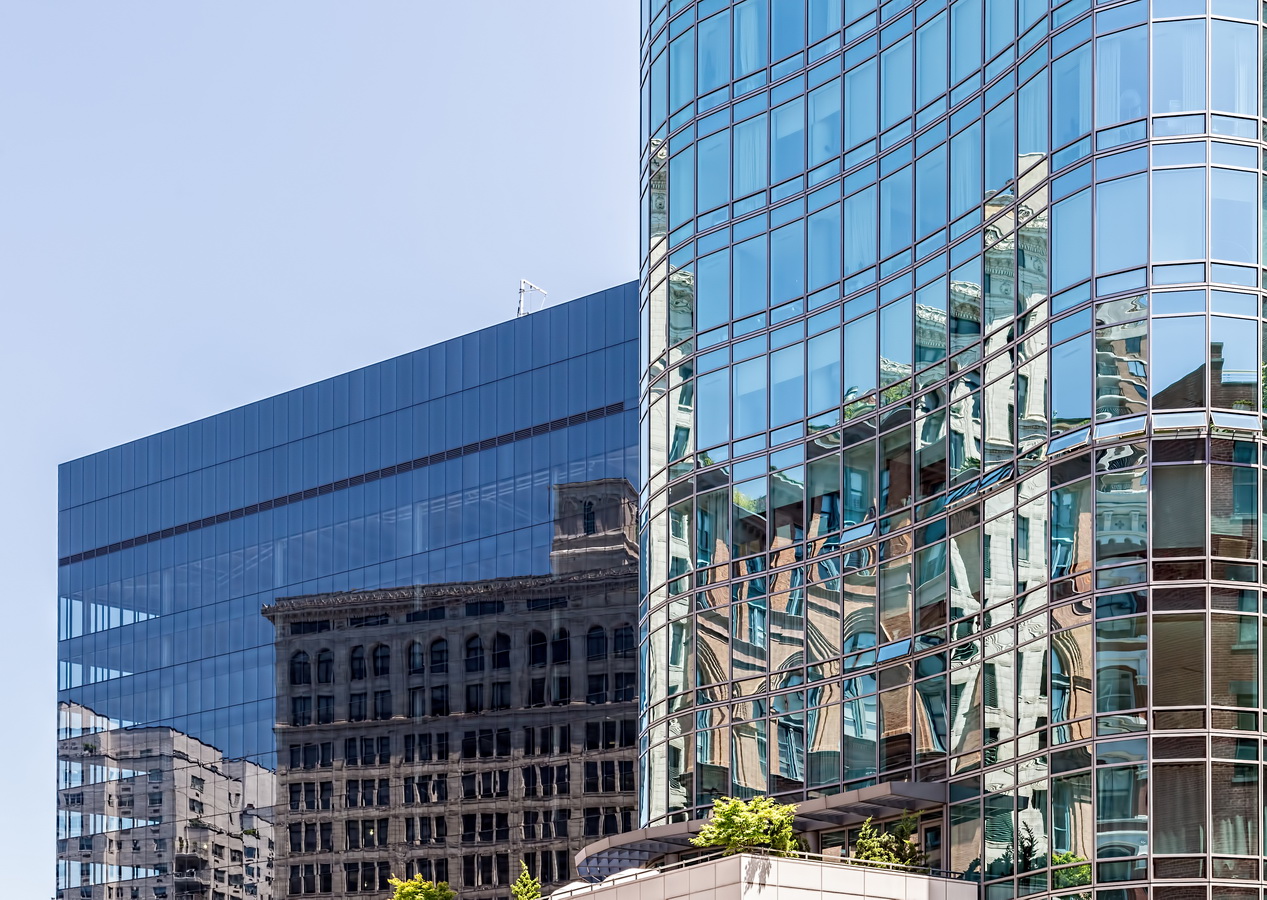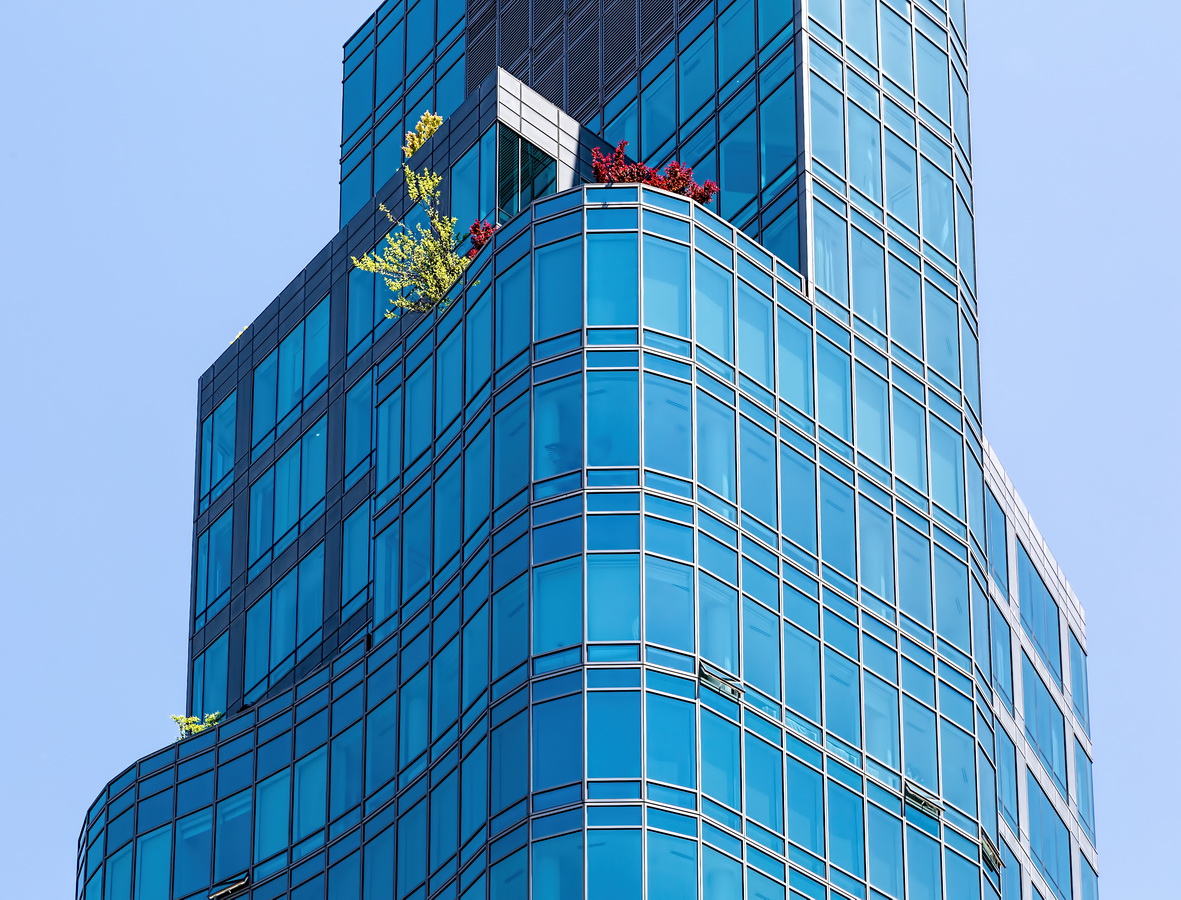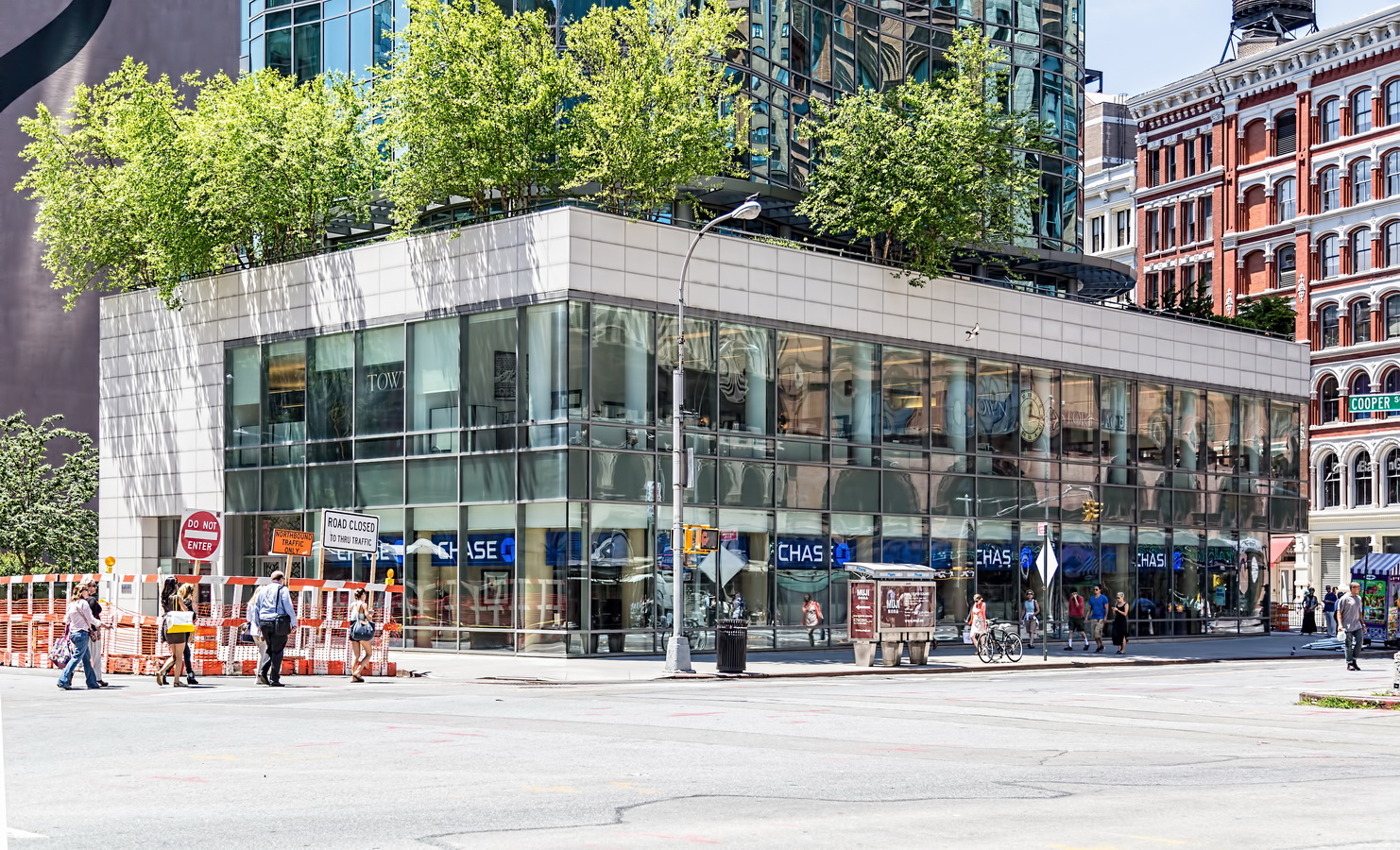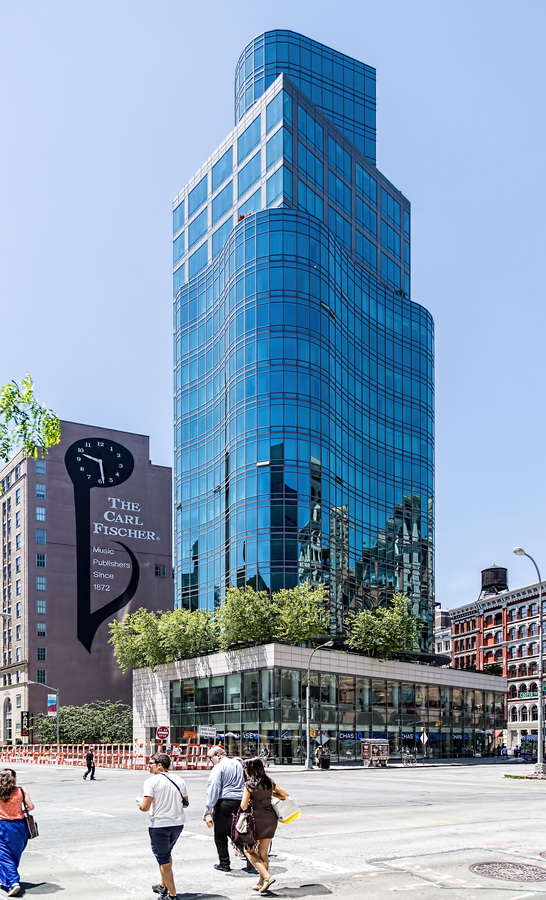200 Central Park South disguises its height well; the curvy, balconied and glass-wrapped 21-story base takes all the attention away from the 35-story tower. On the other hand, those deep curving balconies give the impression of a beachfront resort instead of a luxury apartment building.
Apartments range from studios to three bedrooms. The three-bedroom units include a room labelled “den or maid’s room” – old-style luxury survives!
For tenants, of course, the prime attraction is that precious commodity – a protected view of Central Park.
200 Central Park South Vital Statistics
- Location: 200 Central Park South at Seventh Avenue
- Year completed: 1964
- Architect: Wechsler & Schimenti
- Floors: 35
- Style: Postmodern
200 Central Park South Recommended Reading
- Wikipedia entry (developer Bernard Spitzer)
- The New York Times Streetscapes | Central Park South, the View That Sneaked Up on the City (August 15, 2013)
- City Realty review
- Street Easy listing (includes floor plans)
- Urbana Properties floor plans
- Emporis database






